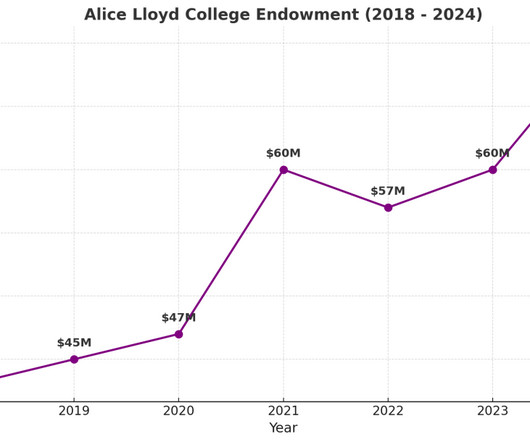Two ways to improve support services for adult learners with learning disabilities
EAB
JANUARY 30, 2023
Blogs Two ways to improve support services for adult learners with learning disabilities In our new survey , 100% of university presidents and provosts identified graduate and adult learner enrollment as a priority. This blog will outline steps your university can take to best support this population. Ready to find out more?



















Let's personalize your content